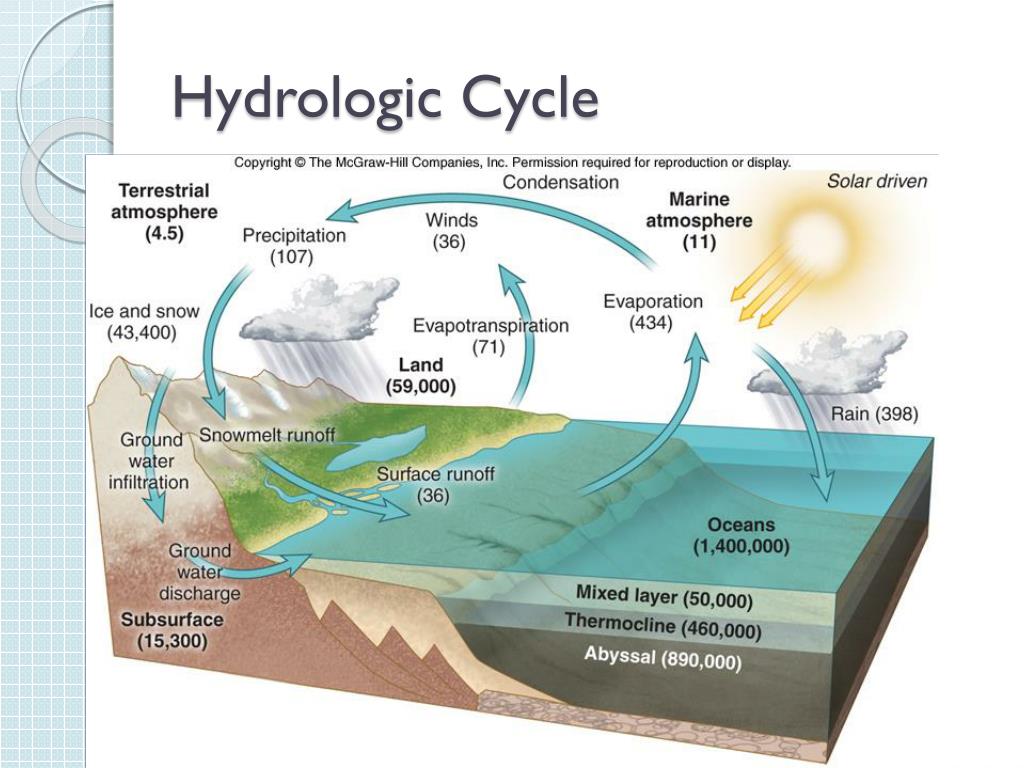
Parameter-based analyses are model-specific and rarely lead to conclusions that can be transferred to other models.ĭependence on location: SAs are based on thousands of model runs, which makes them computationally very expensive. Model parameters only: SAs traditionally only estimate the sensitivities of model parameters on streamflow 35, 38 or sensitivity indices of parameters on components or processes of the water cycle 34, rather than quantifying the sensitivity of streamflow to hydrologic processes, which limits insights in process understanding. Four such challenges, here highlighted for hydrologic applications, are: Notwithstanding the repute of SA as a tool, there are several challenges limiting the transferability and insights of individual analyses. Note that parameters can be (traditional) model parameters, multiplicative factors to perturb input forcings, or parameters to weight between different options, among others. SA is based on large sets of model runs identifying the most sensitive parameters of a model and is thus a general method that can be applied to any kind of model that contains unknown parameter estimates 35, 36, 37. Sensitivity analysis (SA) is a well-established tool to guide such model assessments 30, navigate model development 31, and identify the most critical relationships within a system 32, 33, 34. One way such improvements can be ensured is by carrying out model evaluations taking advantage of information theory and newly available datasets 24, 25, 26, 27, 28, 29.

Further developments and improvements of hydrologic models are essential to advance the understanding of hydrologic processes and ensure greater model realism 20, 21, 22, 23. This wide variety of such applications, coupled with the diversity of climatic and physiographic regions and the underlying complexity of hydrologic processes is leading to increasing complexity among these models 17, 18, 19. Hydrologic models are widely used in applications that are important for society such as flood prediction 1, 2, 3, 4, 5, 6, drought monitoring 7, 8, 9, 10, infrastructure design 11, 12, 13, and reservoir management 14, 15, 16. Detailed spatio-temporal inputs and results are shared through an interactive website.

The results of the 3000 basins are used to derive an approximation of sensitivities based on physiographic and climatologic data without the need to perform expensive sensitivity analyses. It also leads to high-level conclusions about the importance of water cycle components on streamflow predictions, such as quickflow being the most sensitive process for streamflow simulations across the North American continent. This enables seamless quantification of model process sensitivities and parameter sensitivities across a continuous set of models.

In this study, we apply a novel analysis over more than 3000 basins across North America considering a blended hydrologic model structure, which includes not only parametric, but also structural uncertainties. This sensitivity is traditionally evaluated for the parameters specific to a given hydrologic model simulating streamflow. Streamflow sensitivity to different hydrologic processes varies in both space and time.


 0 kommentar(er)
0 kommentar(er)
